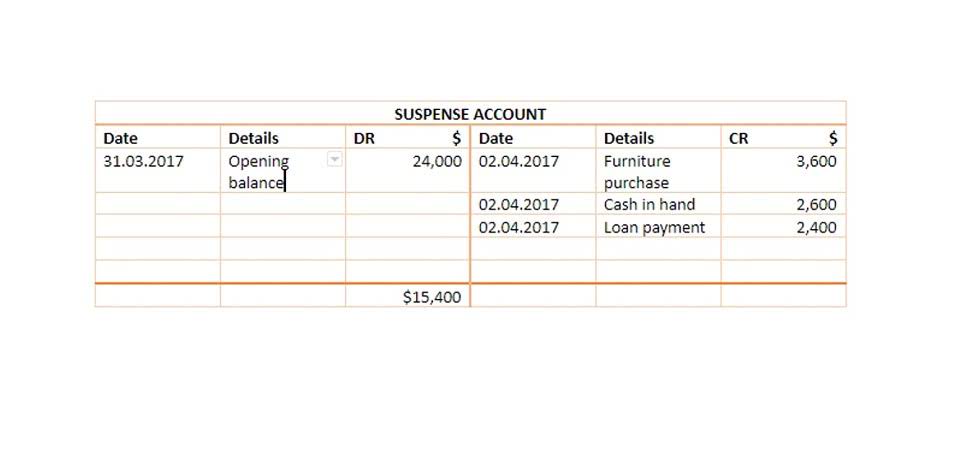
By centralizing and standardizing master data, organizations can gross vs net ensure consistency and accuracy across various business processes and applications. MDM enables companies to establish data governance policies and procedures, ensuring data quality, security, and compliance with regulatory requirements. Master data represents the core, high-value data entities that are shared across an organization’s systems and business units.

Data quality requirements:
- Creating and maintaining high-quality master data involves integrating data from various source systems, deduplicating records to eliminate redundancies, reconciling discrepancies and enriching the data to enhance its value.
- You might be a data professional mandated to deliver a priority business initiative.
- Sixty-two percent of respondents reported that their organizations had no well-defined process for integrating new and existing data sources, which may hinder the effectiveness of MDM.
- These circumstances have led to the design of a “party” data domain that generalizes the characteristics of a person or organization and establishes the connection between them and their distinctive roles to the company.
- By following these MDM best practices, companies can maximize the value of their master data and improve decision-making processes.
- First and foremost, MDM strategies are developed based on a business’s goals and targets.
By combining first-party and third-party data sources, you can better analyze your position, competition, and consumers. You can manage and share all this with anyone, from any device, anywhere in the world. They can pivot strategies to ensure your brand remains relevant and competitive vendor master data management based on real-time data analytics.

Integration capabilities
- MDM is of particular interest to large, global organizations, organizations with highly distributed data across multiple systems, and organizations that have frequent or large-scale merger and acquisition activity.
- The systems and processes required to maintain this data are known as Master Data Management.
- Prometheus Group’s solutions are designed for asset-intensive industries, delivering end-to-end master data governance within SAP environments.
- Depending on the technology used, MDM may cover a single domain (customers, products, locations or other) or multiple domains.
- It covers all internal and external data assets, including sales and administration.
- With the control that reference data provides and its unique identifiers, master data becomes more uniform, easier to define, and has better quality.
For all of these reasons, maintaining a high quality, consistent set of master data for your organization is rapidly becoming a necessity. The systems and processes required to maintain this data are known as Master Data Management. The customer value to each of these companies is the same, as both rely on their customers for business.
Time to get started with master data management
By centralizing and streamlining data processes, organizations can eliminate redundancies, reduce manual tasks, and automate data-related workflows. This leads to improved efficiency, reduced errors, and increased productivity across the organization. In addition to the master data itself, the MDM software must maintain data hierarchies—for example, bill of materials for products, sales territory structure, organization structure for customers and so forth. It’s important for the MDM software to capture these hierarchies, but it’s also useful for an MDM software to be able to modify the hierarchies independently of the underlying systems.

Key steps in the MDM process
In general, the techniques to clean and merge data are different for different types of data, so there are not a lot of tools that span the whole range of master data. The two main categories of tools are Customer Data Integration (CDI) tools for creating the customer master and Product Information Management (PIM) tools for creating the product master. virtual accountant The toolset should also have support for finding and fixing data quality issues and maintaining versions and hierarchies.

So you want to manage Apple devices without using MDM? Here’s how.
- If this is your first MDM audit, brainstorming areas of importance and looking to outside resources such as your MDM (and related service) vendor can help define exactly what you need to ask.
- The foundational elements and data management components of MDM are similar to those found in enterprise data management (EDM).
- Like most things in software, the key to success is to implement MDM incrementally so that the business realizes a series of short-term benefits while the complete project is a long-term process.
- Find even more open roles below ordered by popularity of job title or skills/products/technologies used.
- Collaborate with cross-functional teams, including IT, business stakeholders, business analysts, and data stewards, to understand master data requirements and provide effective MDM solutions.
MDM supports advanced analytics and personalized customer experiences by providing high-quality, consistent data. Master data enables organizations to generate meaningful insights, identify trends and make informed decisions. Customer data helps in segmenting customers based on their preferences and behaviors, enabling targeted marketing campaigns and personalized product recommendations. While it’s easy to think of master data management as a technological issue, a purely technological solution without corresponding changes to business processes and controls will likely fail to produce satisfactory results.
